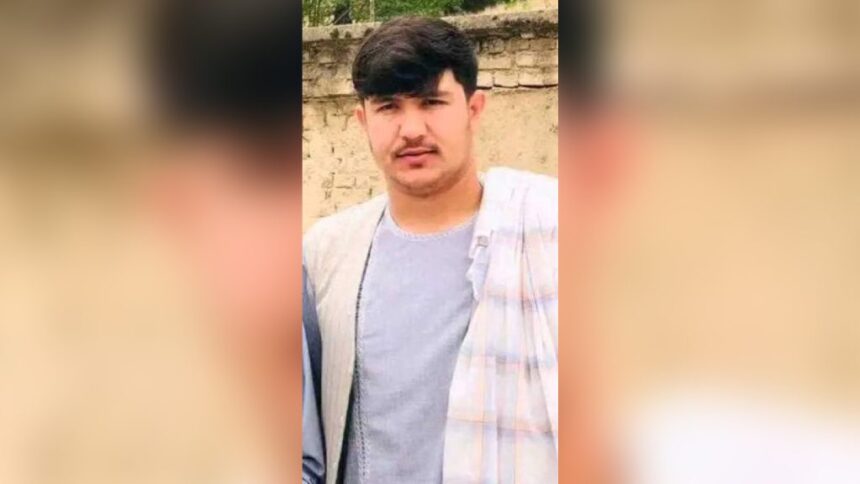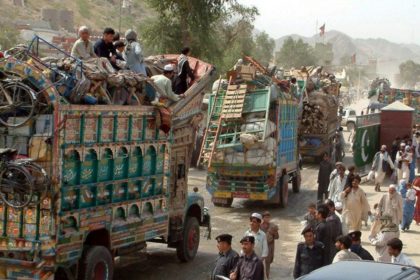RASC News Agency: In the latest manifestation of growing insecurity and internal disintegration under Taliban rule, a Taliban fighter was fatally shot by unidentified gunmen last night in the restive district of Arghanjkhwah, located in Afghanistan’s northeastern Badakhshan province. Local sources report that the incident occurred at approximately 9:30 PM on June 2, in the village of Bam Dara, part of the Shiwan region of Arghanjkhwah. The victim, identified as Qari Shamsullah, a member of the Taliban’s military contingent in the district, was reportedly ambushed and killed while returning from his post. No group has officially claimed responsibility for the attack. However, this marks the second targeted killing of a Taliban operative in Badakhshan in recent days, intensifying concerns over the deteriorating security situation and widening cracks within the group’s rank and file.
Just two days prior, another Taliban fighter, Wasiqullah, was shot dead inside the Taliban’s own military garrison by the personal bodyguard of the chief of staff an incident that sent shockwaves through Taliban command circles and highlighted severe breakdowns in discipline, loyalty, and internal trust. According to informed provincial sources, a growing wave of discontent and distrust is festering within the Taliban, particularly in regions like Badakhshan, where the local Tajik population has long been marginalized by the Pashtun-dominated leadership of the group. “Ethnic tensions between Tajik members of the Taliban and Pashtun commanders have reached an unprecedented level,” one Badakhshani source told Local sources. “Local fighters are deeply disillusioned by the concentration of power in the hands of outsiders and the systemic disregard for regional voices.”
This ethno-political divide, coupled with the Taliban’s repressive governance, has not only alienated local populations but is increasingly triggering armed retaliation from within, undermining the group’s facade of unity and control. Analysts warn that the situation in Badakhshan is fast evolving into a breeding ground for resistance, as both disaffected Taliban fighters and local civilians lose faith in the regime’s legitimacy. These incidents lay bare the Taliban’s hollow claims of restoring security and stability in Afghanistan. Even within its own ranks, the group is struggling to maintain cohesion and suppress dissent. The targeted assassinations of Taliban personnel in secure zones expose a regime besieged by internal decay, ideological disunity, and localized rebellions.
Moreover, the Taliban leadership has remained strikingly silent in the wake of these killings, offering no public explanation, investigation, or accountability a continuation of the group’s pattern of evading transparency and suppressing uncomfortable truths. Badakhshan, a province of immense strategic and geopolitical importance bordering China and Tajikistan has become a symbol of Taliban vulnerability. Despite deploying security forces and enforcing strict surveillance, the regime has failed to pacify a population that resents its authoritarianism and ethnic discrimination. As internal fissures widen and ethnic resentments grow deeper, the Taliban finds itself increasingly incapable of enforcing even its own rule. What we are witnessing is not merely isolated violence, but the early tremors of structural collapse a regime fractured by its own contradictions, incapable of unifying a country it governs by coercion rather than consent.
Without a dramatic shift in political inclusion and respect for local identities, provinces like Badakhshan may soon become epicenters of renewed insurgency, this time fueled not by foreign intervention but by indigenous opposition to a regime that rules without legitimacy, empathy, or vision.






